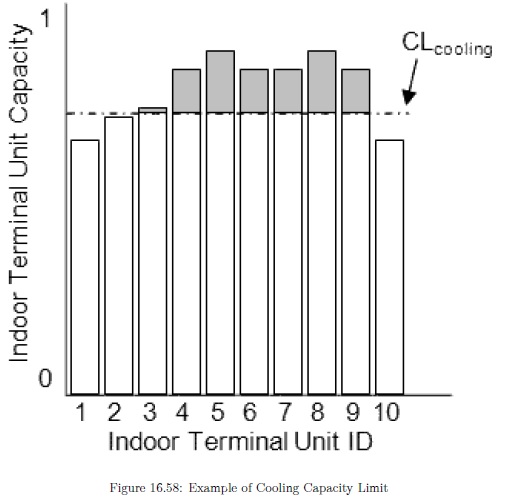Design day and VRF - Zone air temperature failed to reach AC setpoint
Hi fellas! I have a building model with several zones. I need to get the AC sizing for each zone. After I simulated the model I got the sizing but when I plot the zone air temperature there is one zone that failed to reach the setpoint temperature. As I understand, the AC sizing which is the cooling capacity for each room can provide setpoint temperature during AC on. But in this zone, there are a few hours that the temperature above it (Image 1). Then I also plot the VRF total cooling energy, in the hour that the temperature increase, the cooling energy decrease (image 2). The thing that I don't understand why the sized AC can't maintain the zone air temperature always met setpoint?
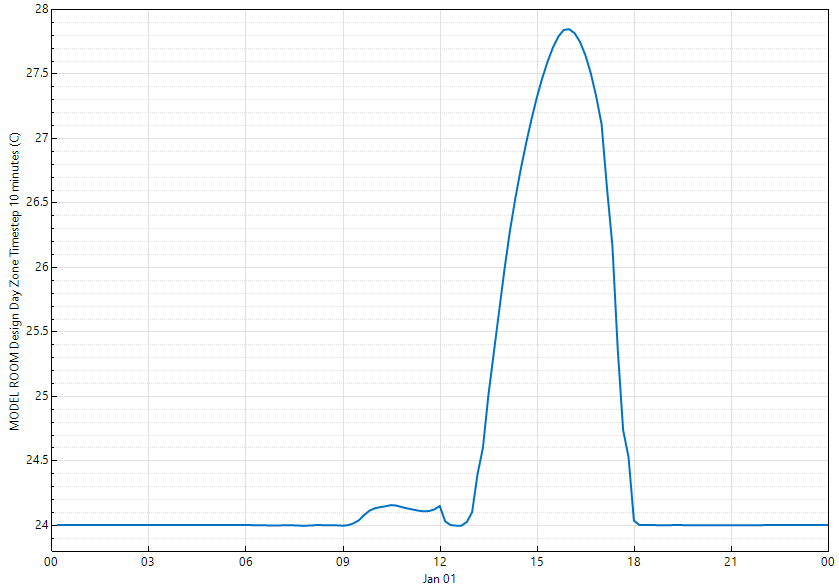
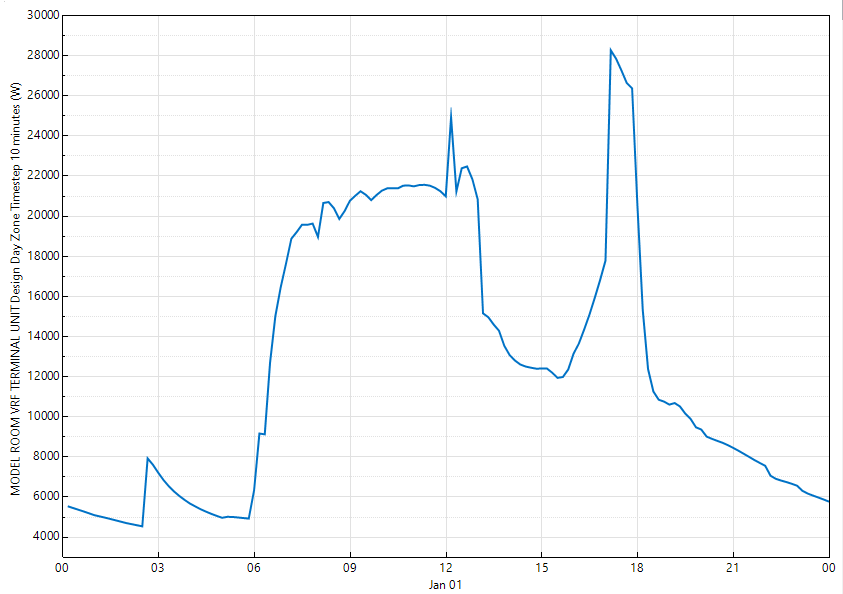
Because the sized AC can't provide what I need so I tried to increase the cooling factor. The cooling factor of the previous simulation of 1 then I increased it to 1.15 then the cooling capacity indeed increase but the zone air temperature still failed to maintain setpoint whole time although it decreases a little bit (image 3). The cooling energy also decreases but not much as the previous simulation (image 4).
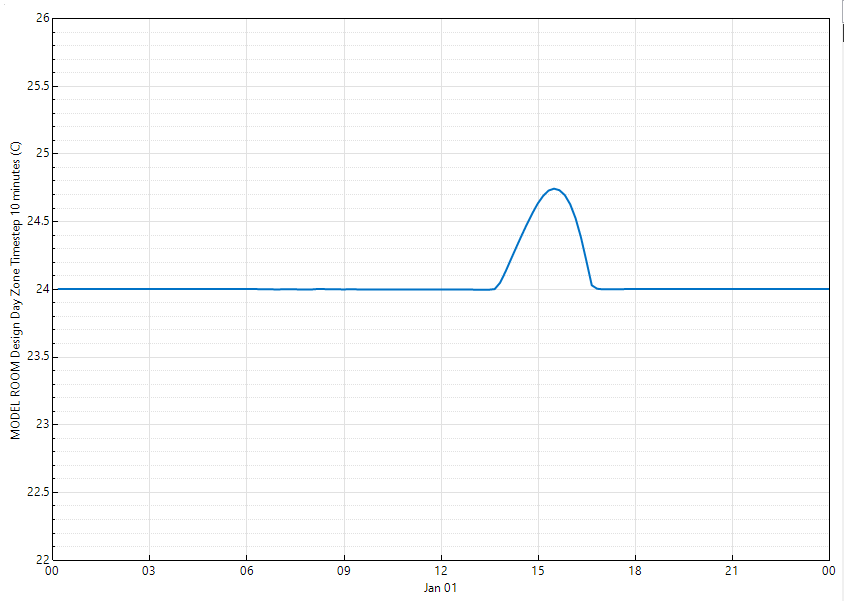
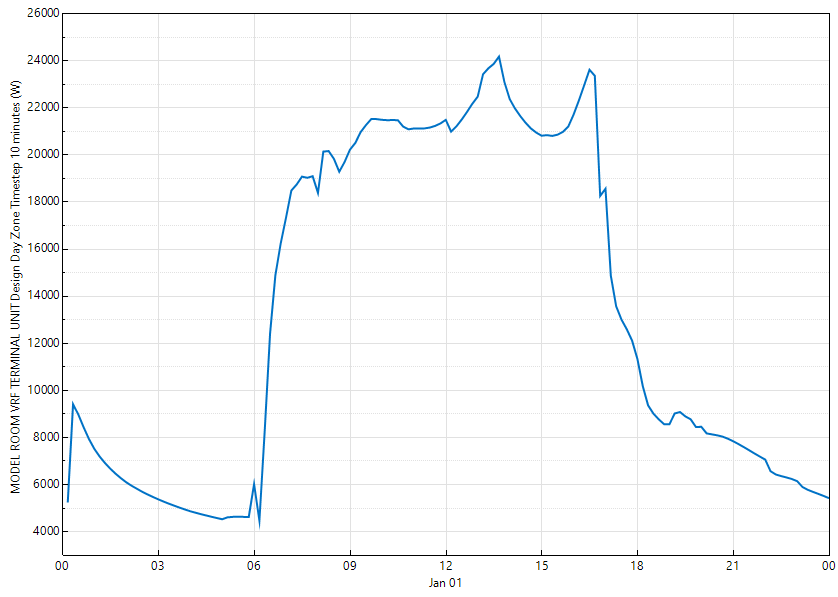
This is the AC schedule, for the sizing I used the design day (image 5) and this is the zone sizing for each room (image 6)
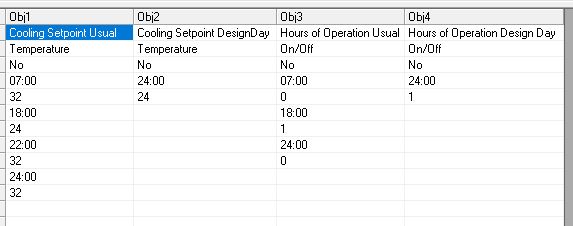

The zone is the bigger zone which has huge fenestration also there is an inline fan (air intake) to the zone.
I will be very happy if you can explain why this can happen. Thank you.


